No matter your level, bodyweight exercises are essential for a lean, strong, and healthy body. They can be done anywhere, require no equipment, and unlike machine exercises, improve your coordination, balance, stability, mobility, and total body control—all of which are critical after you hit 40. But for as brilliant as they are, many people make common mistakes with them. And when you continually do them incorrectly, you’ll limit your progress and possibly cause pain and injuries. In this article, we’re walking you through seven of the most vital—and most common—bodyweight exercise mistakes to avoid after 40 and what to do instead.
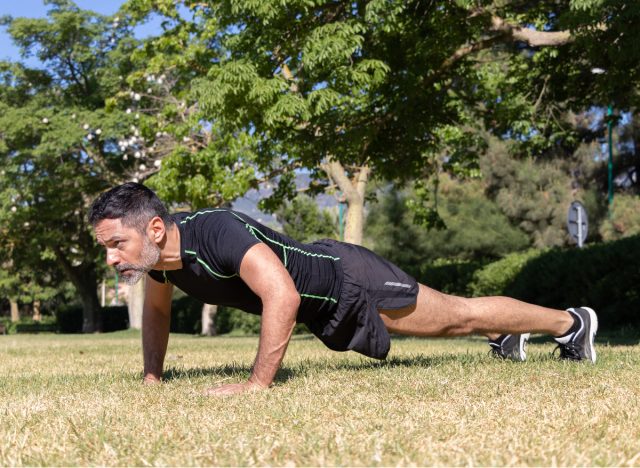

Using poor range of motion is the first of our seven bodyweight exercise mistakes you should quit. Imagine doing pushups, but only going down three inches—that’s bad “range of motion” (ROM), which is basically how far of a movement you do. Poor range of motion stresses the wrong joints and neglects the correct muscles.
Always use the correct range of motion to get the full benefits. With pushups, get low to the ground. With squats, get your thighs parallel to the ground. If you cannot get full ROM, improve your mobility or try easier exercises until you can.
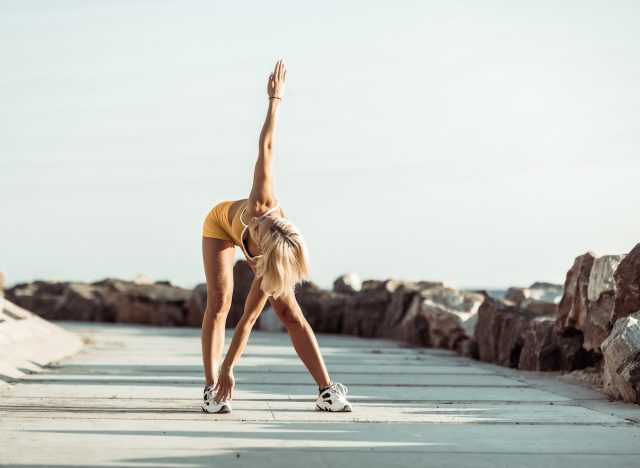

Bodyweight exercises seem less intense than traditional strength exercises, but you never want to exercise “ice cold.” Even if it’s very light, spend a few minutes to move your body, get the blood flowing, elevate your body temperature, and open up your joints—that way, you can do the movements correctly, feel great, and get the most benefit from your training.
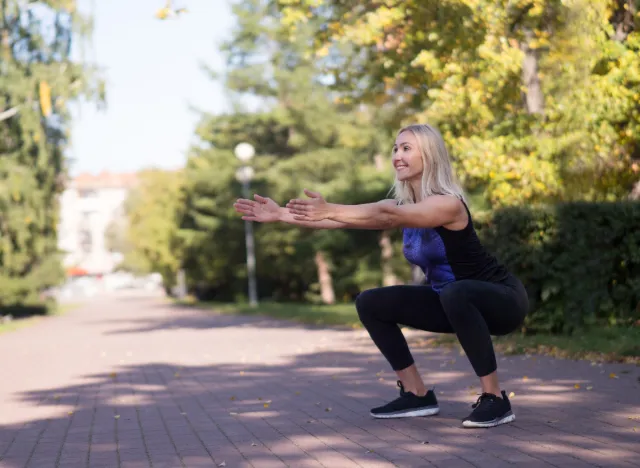

If you’re doing hundreds of reps of an exercise, then maybe it’s time to make it harder. More reps aren’t always better; it’s better to increase the difficulty so you can keep challenging your muscles to grow. Invest in a weight vest, try harder variations, or do a slower movement.
READ RELATED: Does the Viral StairMaster Workout Help You Lose More Weight? An Expert Weighs In
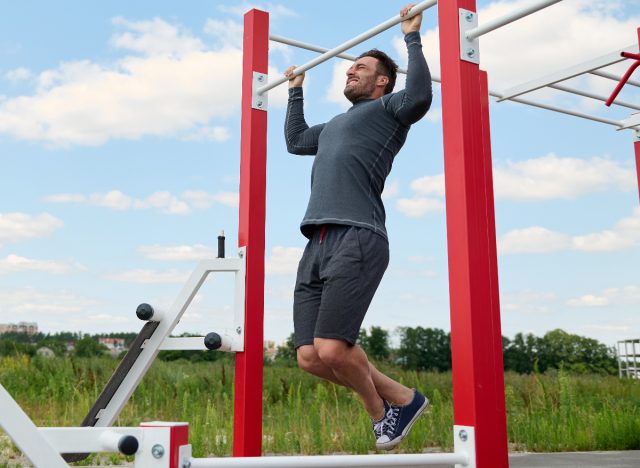

There are very few no-equipment exercises that target your back muscles. Yet if you neglect your back—and only target your front side—you’ll create imbalances and poor posture. (You can do things like wall slides, but they won’t build the same strength as a pushup.) If you’re serious about getting great results, invest in a pull-up bar or suspension trainer, which unlocks more moves with just your body weight to build strong back muscles.
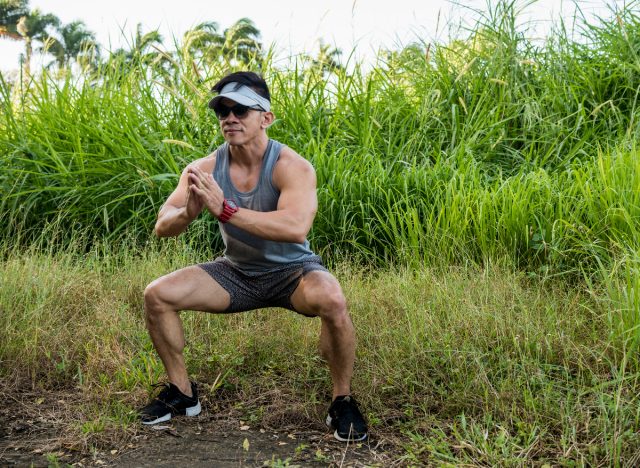

Plyometrics like box jumps, squat jumps, hops, bounds, etc. should not be done dozens of times for tons of sets. Instead, they’re designed for a few reps per set with lots of rest so you can target your fast-twitch muscle fibers, use the stretch-shortening cycle, and learn how to land correctly. For “plyos,” keep your reps and sets low, and always use the correct technique.


It’s noble to challenge yourself to do hundreds of reps per day, but your muscles grow while resting, not working. You need an occasional break to recover, rebuild, and prevent overuse injuries. Instead, take one or two days off per week from training. If you want to stay active, try a stretching routine or go for a hike or bike ride.
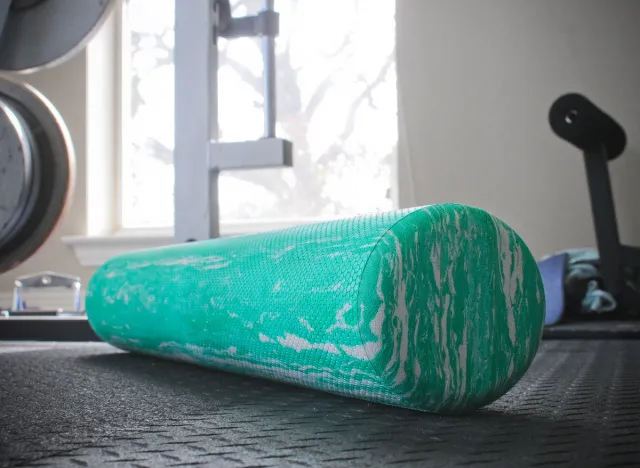

Last but not least, skipping your cool-down wraps up the worst bodyweight exercise mistakes you can make. It doesn’t matter if you’re benching 225 pounds or doing bodyweight exercises at home: A cool-down is vital. It kickstarts your recovery, helps relax your muscles, prevents soreness, and gets you ready to train again sooner rather than later. After your exercise, spend a few minutes foam rolling and doing a few gentle stretches. Your body will thank you!
Anthony J. Yeung











